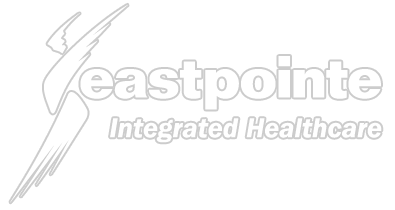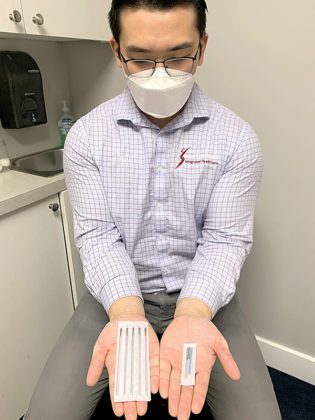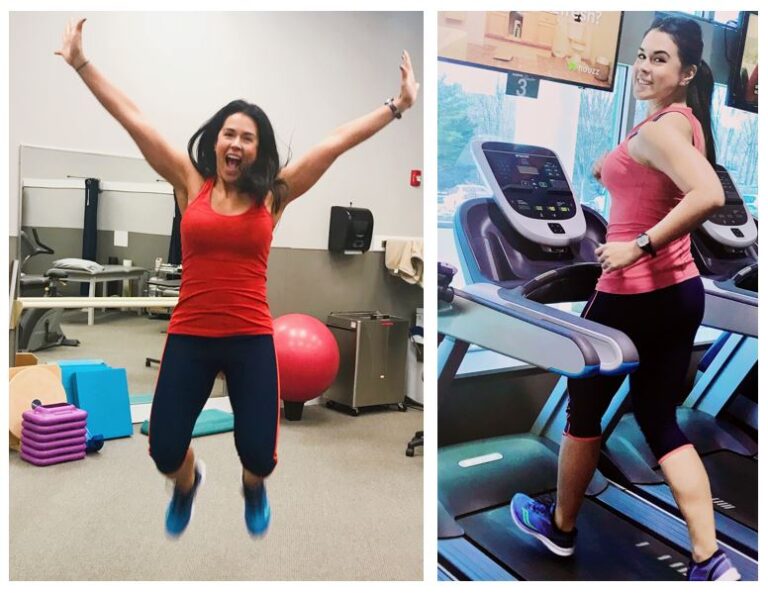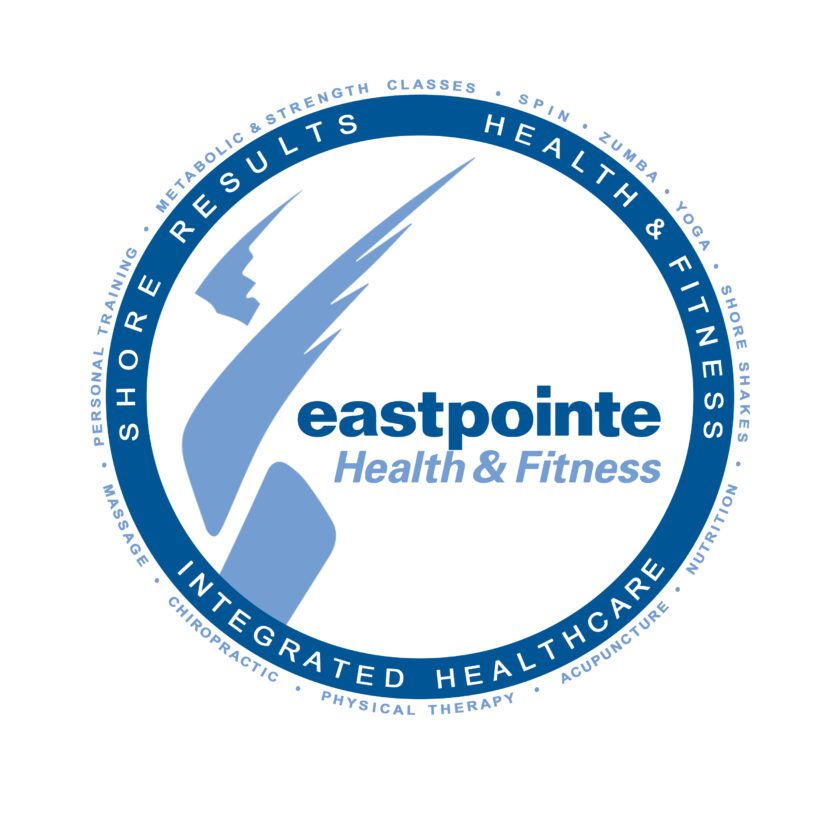By Beth Goodwin – Physical Therapist
The heart is a pump, moving blood throughout our bodies, via arteries. The heart pumps at rest at about 70 BPM (beats per minute), forcing blood through the artery walls. This force is called blood pressure. In measuring blood pressure it is recorded as the highest number/the lowest number (systolic/diastolic). The systolic represents the heart contracting, therefore the highest number. The diastolic represents the heart relaxing, or resting between beats, and is the lowest number.
What are the norms at rest?
The normal blood pressure is 120/80. Hypertension is considered greater than 140 (systolic)/90 (diastolic) blood pressure. Normal heart rate is between 70-80 beats per minute at rest. Respiratory rate is measured in breaths per minute. These norms are 10-14 breaths per minute.
Types of hypertension
Essential or primary hypertension comes on gradually. Secondary hypertension occurs for numerous reasons and tends to occur suddenly. Some causes of secondary hypertension are kidney problems (renal insufficiency), diabetes, certain medications, illegal drug use, adrenal gland problems, or blood vessel defects.
What are the risk factors for heart disease?
High cholesterol levels (over 200), obesity, and lack of exercise can all lead to hypertension and heart disease. The most common symptom of heart disease is dyspnea (difficulty breathing), followed by chest pain, and fainting with exertion. Your heart rate can increase at rest, or with the slightest of activities. Other symptoms include dizziness, fatigue, headaches, vision problems and confusion. Heart disease can eventually lead to a stroke or heart attack.
The incidence of heart disease rises amongst those over the age of 65 by about 50%, with rates getting higher each decade of life. According to an Oxford University study: “Statistics show that obese and overweight children as young as five are showing signs that they too could be at risk of heart attacks and stroke later in life. These children had higher blood pressure, cholesterol and insulin levels and a thickening of the heart muscle as their normal weight peers. Research suggests that these higher levels unusually are not observed until age 30 or 40”. See article: http://www.ox.ac.uk/media/news_stories/2012/120926.html.
What can be done about reducing the risks?
Training your cardiovascular system can drastically reduce your risks. Training effects include: decreasing heart rate both at rest and with exercise, and improving diastolic filling time. It can also improve the contractility of the heart and skeletal muscle strength (as the heart is a muscle). By modifying your diet and stress level you can also improve your blood pressure, heart rate, and breathing rate.





